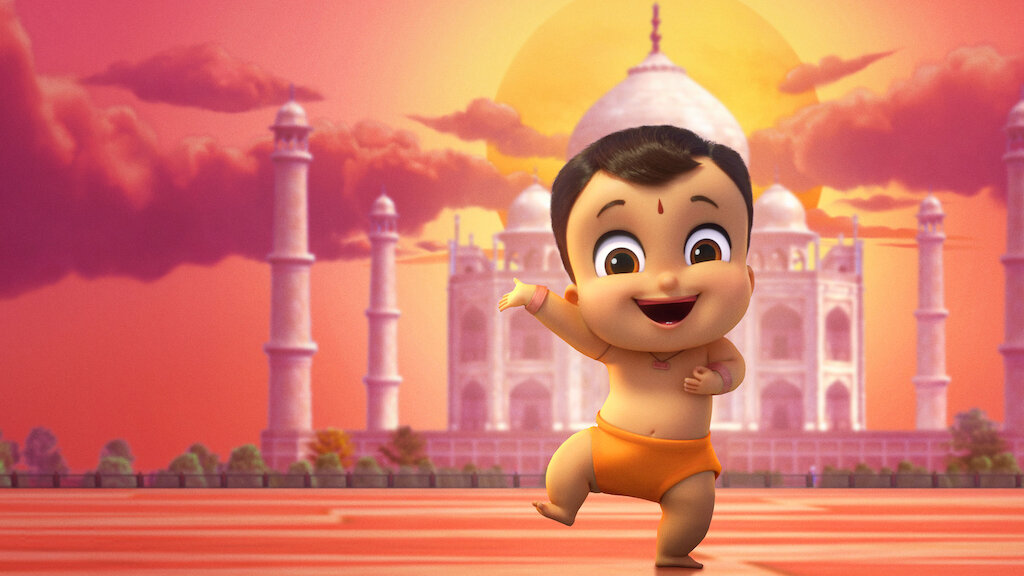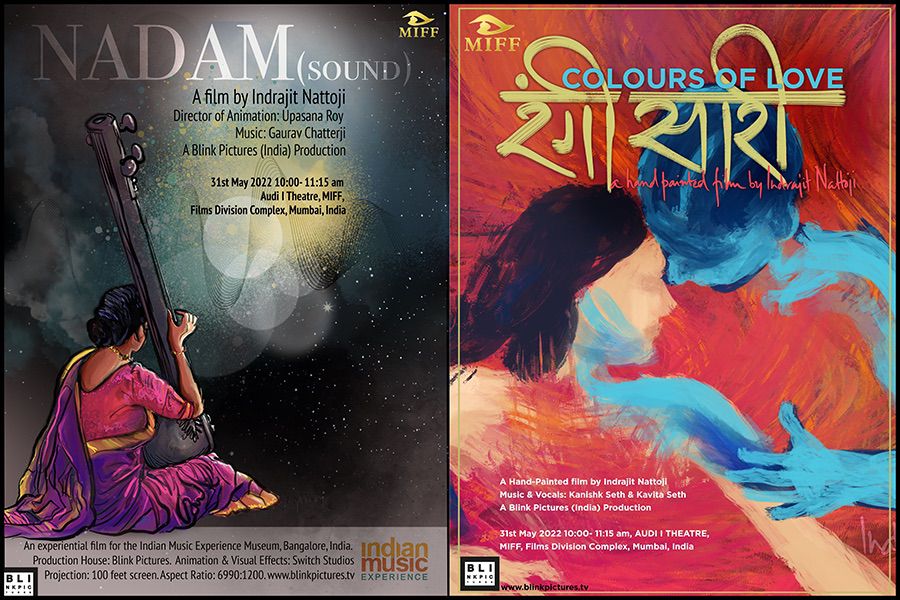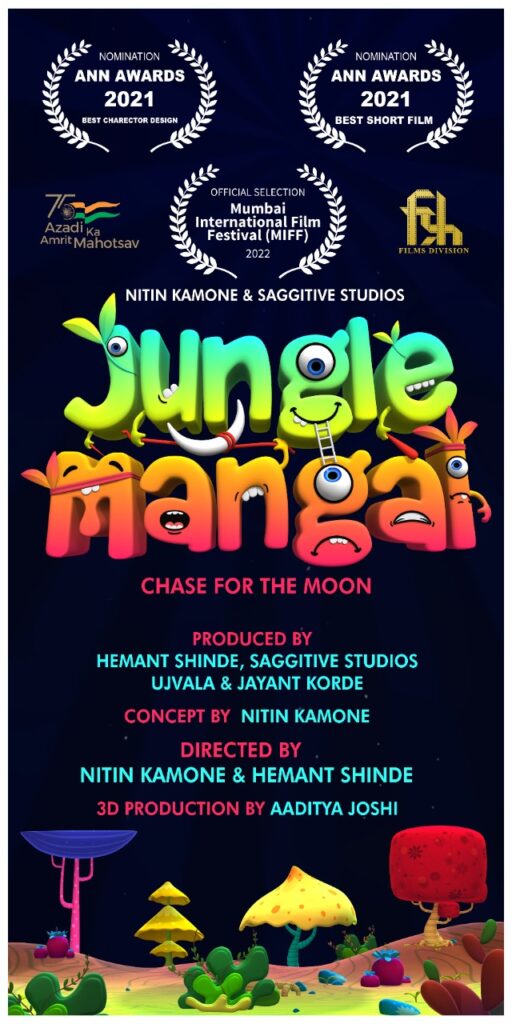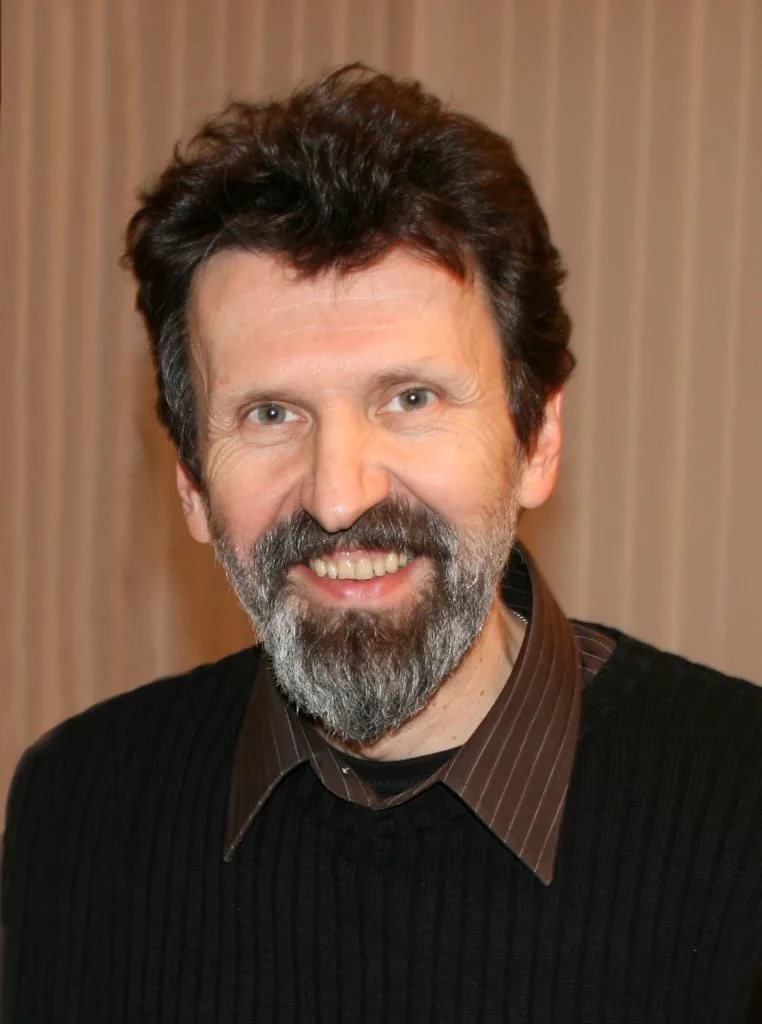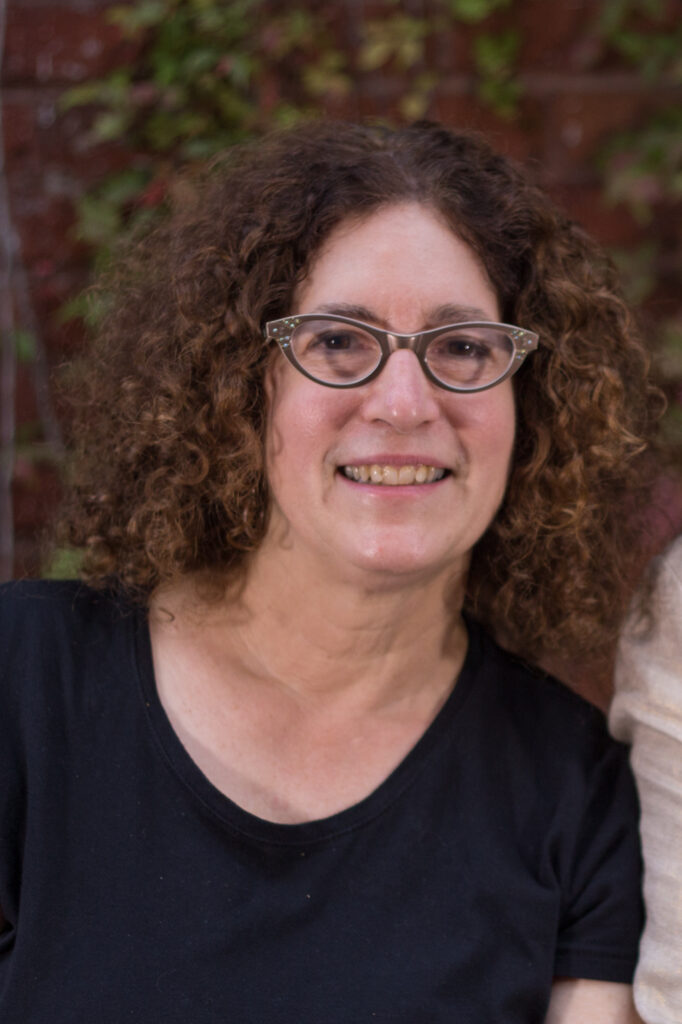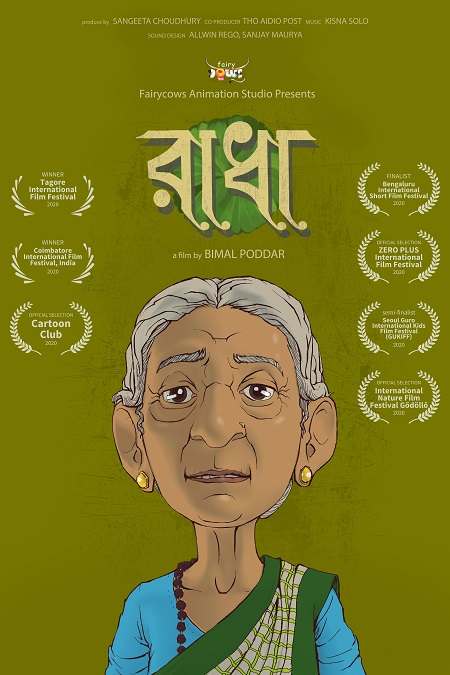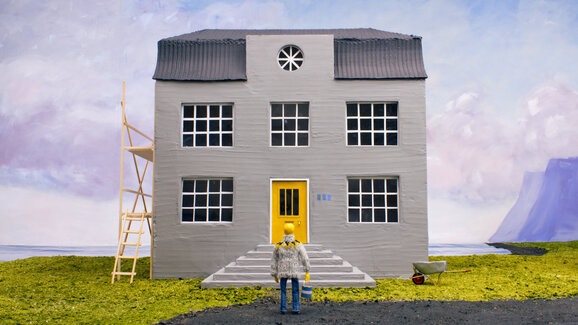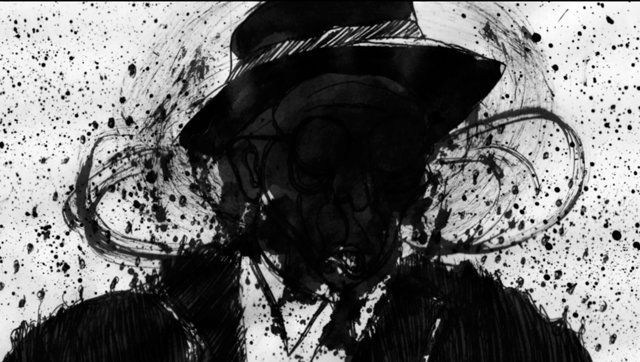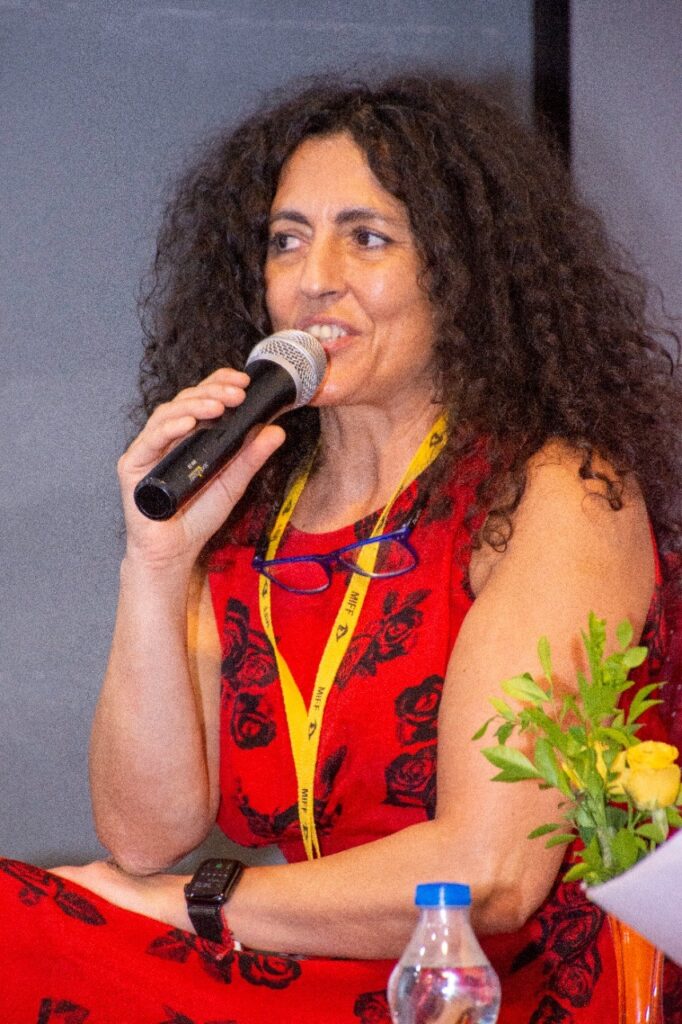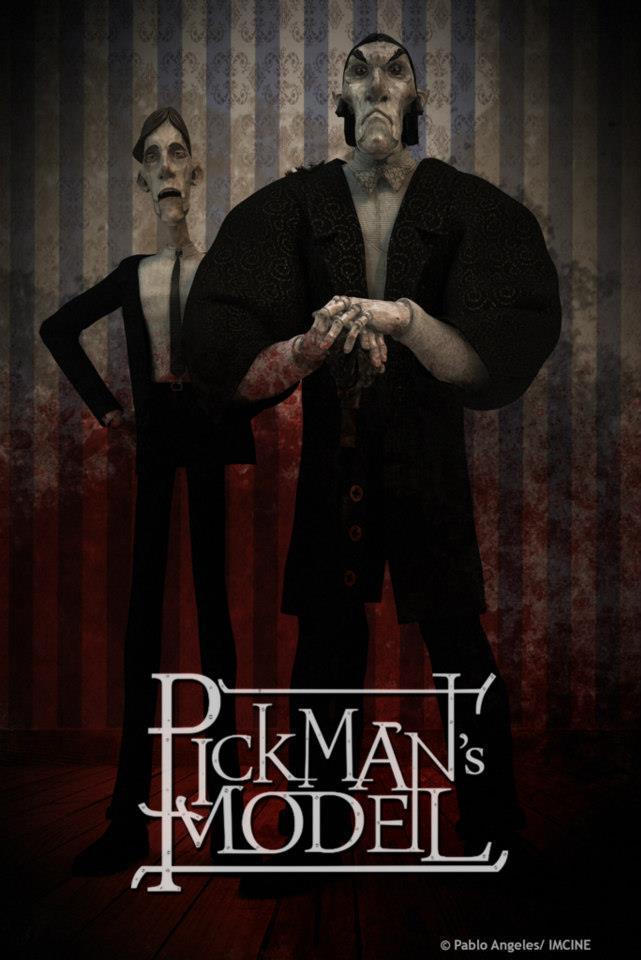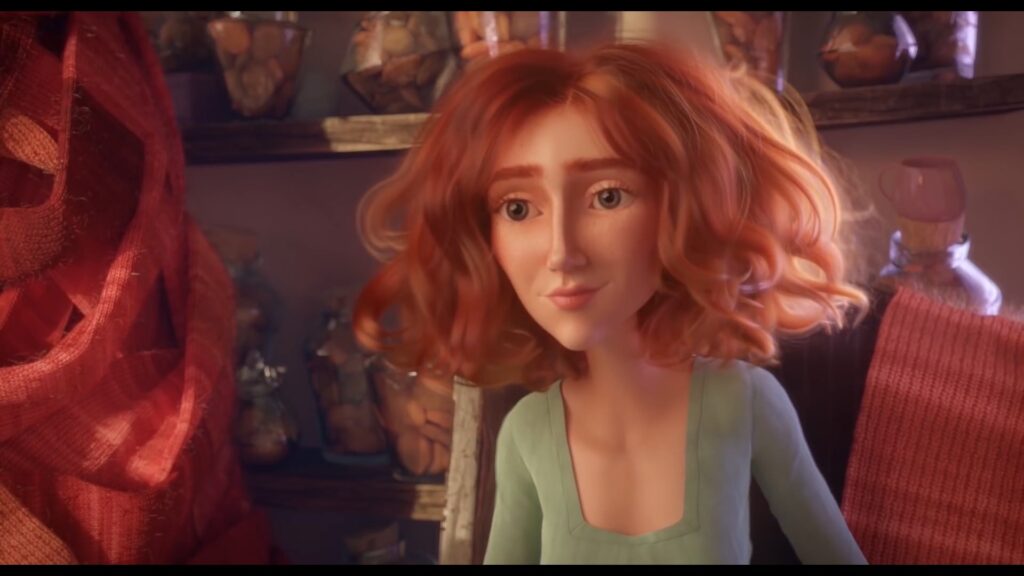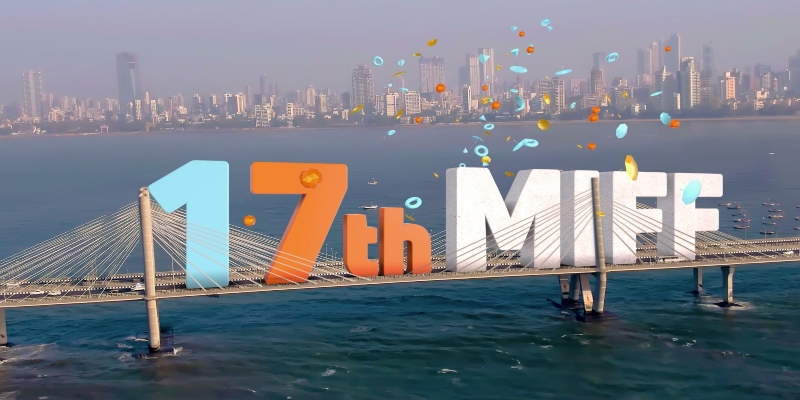
The 17th edition of Mumbai International Film Festival (MIFF) 2022 for Documentary, Short Fiction and Animation films has concluded. MIFF organised by the Films Division, Ministry of Information and Broadcast was scheduled from 29 May to 4 June 2022. The film festival made a comeback after two years due to the coronavirus pandemic. As per MIFF, there were 808 film entries from 30 countries, out of which 102 films were screened under the competition category, 67 films screened under national competition, 35 films screened under international competition and 18 films screened under the MIFF Prism category.
The festival featured a large number of national and international animated films across genres with various styles of animation.
On the first day of screening in the student’s film section, animated films from Yangon Film School of Myanmar made during the period between 2018 and 2019 were screened. The animated short Mighty Little Bheem: I love Taj Mahal also premiered at the MIFF. The 21-minute (non-dialogue) short follows the laddu-obsessed comic figure, Bheem on a journey to the Taj Mahal, where he gets into trouble while visiting the magnificent palace. Under national competition, films like Seen It, Dhyaan Naal, Khushi, Swatchta ki Aadalat, Tomorrow My Love, Meri Pyari Bakri, Among the Stars, Pyaar Plus, Reena ki Kahani and Megha were screened. Megha directed by Rishi Bhaumik won the IDPA award for best student animated film at the closing ceremony of MIFF 2022 held on 4 June. In the special package section, numerous animated films from Poland were showcased and in the homage section, animated films directed by Canadian director Jacques Drouin were played. The image-nation section had a six-minute animated film The War That Never Ends directed by Bhaskar Rao in 1949.
Day 2
The second day started with the screening of Colours of Love directed by Indrajit Nattoji which is a hand-painted animated film and can also be described as a music video featuring the song Rangi Saari. The film has vibrant colours of first love that showcases a passionate dance of a couple. It is a one of a kind music video/animated film which is visually appealing.
Then started the international competition which had five films. First was Saloon, a 16-minute film from the U.S. directed by Jeffrey Wisniewsky. The 3D animated film had realistic animation with proper texture and character movements which gave people a message about global terrorism. The second film screened was Jungle Mangal, a slapstick chase comedy inspired by Tom and Jerry. It is a story about the resident animals i.e. the Junglians of Earth and creatures belonging to Mars i.e. the Manglians, who are set to capture the moon on their king’s order. They enter Earth to steal essential supplies from there for the mission, but the Junglians don’t let them succeed in their mission. Directed by Hemant Shinde and Nitin Kamone, the animated film is four minutes long and has hand-drawn textures and beautiful vibrant colours. The creators are planning to make it into a feature film.
Next movie was the five-minute 3D animated film Nila directed by Jerin James Joe. Nila had well-detailed character creation and used appropriate sound to create an effect on the viewers. It was made using the Unreal Engine. The film wanted to give a message of using the resources of the planet accordingly so that future generations do not have to struggle for it. After Nila, the six-minute animated film Naadam (Sound) directed by Indrajit Nattoji was screened. The film has a painting texture and highlights the importance of music and gives the audience a glimpse of the diversity of music of India. Each music note had corresponding visuals in the film. The last film in this section was Prince In A Pastry Shop by Polish director Katarzyna Agopsowicz. The film features a pencil sketch style of animation, which has a perfect balance of colours and the visuals are supported by the soft melody of the piano. The transitions in the films are creative and smooth. The film also applies the style of minimalism. It talks about the act of happiness and how there’s a balance of happiness and sorrow in the world. In the closing ceremony on 4 June, the film won a silver conch for Best Animation film in the international competition category.
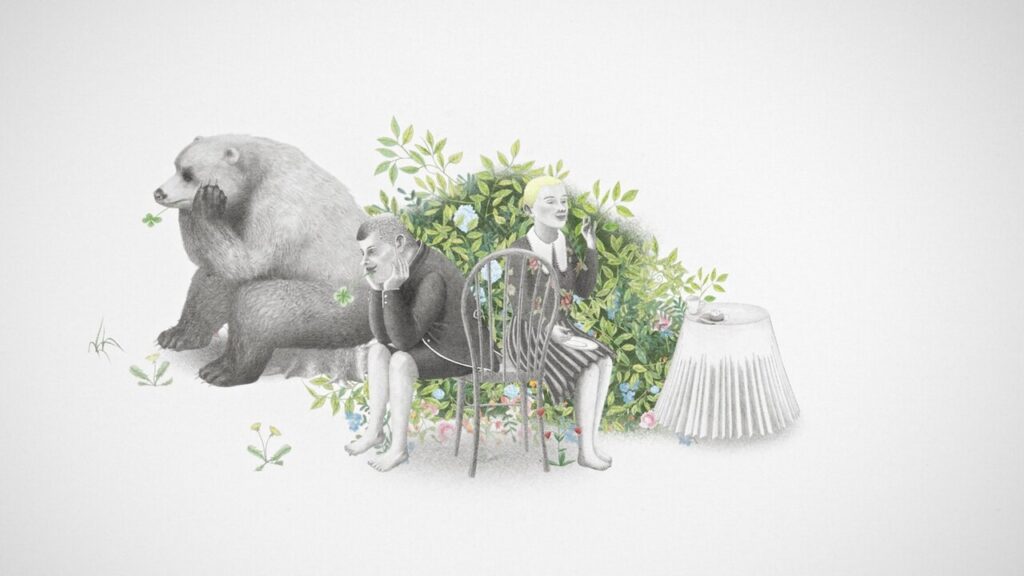
In the student’s films section, the films created by the students of KR Narayanan National Institute of Visual Science and Arts were screened out of which three were animated films. One was Arike directed by Sethulakshmi. The film has a cartoonistic style of animation using proper lighting and it also adapted line art animation midway to showcase the dance of the couple. It is about a woman who lives alone with her newborn child and imagines beautiful moments with her husband who is not there with her. The second film was The Tree which had painting texture and used soothing colours throughout. It is about a robotic character who misses his partner and reimagines moments he spent with her after going to their regular places. The third one was the 2D animated film, Finding You. It had proper character depth and beautiful starking colours. The silhouette style was used effectively. The film is about a girl who, while strolling through the park, sees a magical stone which reminds her of the time she spent with her best friend during the vacation.
The 90s Indo-Japanese classic cult Ramayana: The Legend of Prince Ram also made a comeback. Directed by the late Ram Mohan, Yugo Sako and Koichi Sasaki, the film was digitally remastered into the 4K version and the special screening for the same was held at MIFF.
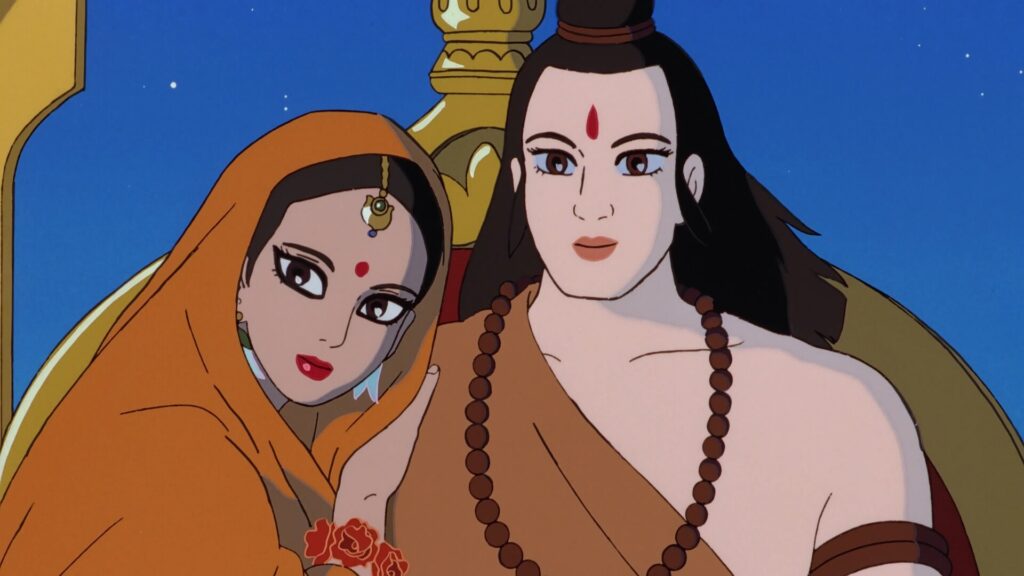
In the last session for the day under the Retrospective category, films created over the years by Russian animated films director Aleksandr Petrov were showcased. Petrov has a distinct style of animation. He used finger paintings in most of the films and some were glass paintings. Some of his notable films which got screened at MIFF were My Love, The Cow, Rusalka (Mermaid), The Dream of Ridiculous Man and The Old Man and the Sea.
Day 3
In the special package section – Image-nation, two animated films named Sabak (Lesson) directed by MS Ganpule and Tree of Unity directed by VG Samant were shown. Both the films were made in 1972 with a social message targeting the kids. Being created in the 1970s, the animation style was the usual 2D and cartoonistic. The first film gave the message on the importance of mother and motherland India and the second film gave the message of unity and how when differences of opinion arise, everyone can solve it by being together.
In the retrospective section of MIFF, films made by Canadian animator Janet Perlman were showcased. Perlman makes hand-drawn animated films and in almost all of her work, she likes to give a satirical touch to make things funny for the audiences. Music is also another important aspect of her films. The films that were screened were The Tender Tale of Cinderella Penguin, which is just like Cinderella, but every human character is replaced with Penguin; Sorry Film Not Ready was the other movie, which showcases every director’s anxiety of the film not being ready on time in a comic way. She has applied several animation styles like line art, motion graphics and much more. Next was the Let’s Play Like It’s 1949; My Favourite Things That I love; Why Me?, In this animated film she covers a gamut of emotions of a person who comes to know that he has a limited time to live; Dinner for Two, a 2D animation film, wherein the conflict of two chameleons to catch prey is shown, in the end, it also gives the message of sharing is caring; Bully Dance uses stick animated characters in black in contrast to the vibrant backgrounds, and throughout the film, the animator has used line art as well and it is a non-dialogue film. The percussion music is used in correspondence with the supporting visuals to give a message against bullying. In Invasion of the Space Lobsters, the animation style was different then the rest displayed. It had 2D animation with a depth in character design, and had the story of how a couple of lobsters come down to Earth where the communication failure leads to chaos on the planet. Finally it was time for the Monsieur Pug film which was about a man who converted himself into a pug to get away from the omnipresent mobile phones. The film has a mixture of animation styles.
In the national competition section, only one animated movie Radha directed by Bimal Poddar was screened, and in the closing ceremony, the director won Dadasaheb Phalke Chitranagari Award for Best Debut Director. Radha is a mix of 2D and 3D animation which looks photo-realistic and it uses sound effects aptly to create emotions. It is a story about a grandmother and her grandson who were very close to each other when he was a kid, but eventually, as the boy started growing they went apart and the titular character longs for her grandson.
The last session for animation films was a special package which had films from the country Iceland. Anna and the Moods is a computer-generated animated short film directed by Gunnar Karlsson in 2007. The film revolves around a girl Anna who wakes up with a terrible illness and has become insanely moody. To tackle her behavioural problems, the doctor creates various tasks for her that she needs to complete. The second film was Yes People in which the
characters in this film only know the language of ‘Yes’. It used CG 3D animation and proper lighting to give depth to the characters. The third film shown was Kitchen by Measure directed by Atli Arnarsson and Sólrún Ylfa Ingmarsdóttir. The film used stop-motion animation with beautiful colours. It is about a kitchen designer who wants to create a futuristic kitchen that could be operated through buttons and his journey to pitch the idea to a foreign kitchen designer and how he makes one at his home. The last film was Pride of Strathmoor by Einar Baldvin. It had a paper texture background with heavy use of black colour and splashes of black watercolour. The sheer cinematic style of storytelling created interest, and the intensifying music with supporting visuals created a thrilling experience. The fighting ring sequences were inspired by the classic Martin Scorsese film Raging Bull starring Robert De Niro.
Day 4
The day started with image-nation wherein two animated films were displayed. Both the Indian films were flat 2D animations created in 1973 and 1972. The Preamble was a patriotic film with a social message highlighting the importance of the Indian preamble and was directed by GK Gokhale. The Elephant by AR Sen gave the message of talking things out with each other instead of blindly fighting.
The retrospective section for Day 4 had animated films from Portuguese artist Regina Pessoa. She is known to use special engraving techniques in her artwork from plaster to computer. Some of her noted works showcased at the MIFF were The Outlaws (Os Salteadores), Stowaway (Clandestino), Night (A Noitre), Tragic Story with Happy Ending (Historia Tragica Com Final Feliz), Kali the Little Vampire (Kali, O Pequeno Vampire) and Uncle Thomas: Accounting for the Days (Too Tomás, A Contabilidade Dos Dias).
The last session was a homage to Indian animator Gautam Benegal. Some of his acclaimed films were screened at the festival. The first one was Tupa tap Tupa tap created in 1990 which had made use of the old style of animation with the use of situational songs and music. It is a story about a laundry man who fakes his bravery and then too is somehow able to achieve victory over the invading king of the neighbouring village. The silhouette style used has given the character a powerful look in the film. The second film was Gauriya ki Champi; a cartoonistic style of animation targeting the kids was created in 1994 and gave the message of ‘you reap what you sow’. Kalkalam inspired by Rabindranath Tagore’s Tota Kahini was made in 2001. The film has a sketch style animation but the creator put in a lot of effort in the detailing of the background with proper shades and vibrant colours as opposed to the main characters of the birds, which have solid colours without much shading. The film targets the Indian education system and the kids which makes them understand that the focus should not be on mugging up concepts; rather it should be on how to make the kids understand the concepts. The last film was The Prince and the Crown of Stone which is a computer-generated 2D animated film. It is an evolved animation than the previous work of the director but the colours used in the film were too loud. The film is about a young Prince whose father is a greedy king and the film follows the transition of the young spoilt prince into a responsible boy with the help of the teachings of his teacher.
Day 5
The fifth day of MIFF had special packages from two countries namely Mexico and Brazil.
The Mexican films screened were Pickman’s Model directed by Pablo Angeles Zuman, a computer-generated animation, which used colours selectively to create the illusion of horror and mystery. The film has skeleton-like 3D characters and it is about Thurber Phillips, an art collector, who finds the mystery behind the artist’s work while attempting to buy a painting by his favourite horror artist, painter Richard Pickman. The second film was El Último Jaguar (The Last Jaguar) by Miguel Anaya Borja made in 2015. The film is a mix of animation techniques. It is about the survival journey of a mother and baby Jaguar who are trying to hide from hunters. The third film shown was Fuimos Colores (We Were Colours) created by Carlos Azeauga and Marcos Almada Rivero. It is also a CG animation film which is in black and white. The sheer use of lighting in the film created visually appealing scenes, like in the dark when a candle is lit how it creates a vignette effect is portrayed beautifully in the film. The film has a beautiful balance of colour when the girl expresses her desire to paint the wall, everything is black and white except for that aesthetic colorful art created on a single wall in the film, the colours could be seen popping out giving the audience a nice visual experience. The fourth film was Elena and the Shadows which uses a stop motion technique. The film directed by César Cepeda is about a young girl who meets a blind guy and he takes her on an imaginative journey into a fantasy world where they are together. The next film was Ascension, a 3D computer-animated film which had characters created with a mix of human and alien features. It is set in a fantasy world and follows a certain colour palette which has a resemblance to that of Mars. Directed by Samantha Pineda Sierra and Davy Giorgi, the film revolves around the concept of devil and angel. The sixth film screened was La secta de insectos (Insect) which was made by Pablo Calvillo. It is a sci-fi film with major parts being in black and white. The cinematography in this is commendable as some portions of it are done with the perspective of the insect and panning shots between the buildings of New York City are a visual treat to the eye. The last film for the session was Hasta los Hues (Down to the Bone) by Renè Castillo which had the unique concept of a skeleton bar. It shows how after the human bodies are buried in the ground after death, they turn into skeletons and go deep down in their own skeleton world.
At MIFF there was Anim!arte section where films from the International Student Animation Festival of Brazil were shown. Simone Giampaolo’s Only Child gave a message on several topics like climate change, poverty, starvation, terrorism and others that the world is currently dealing with right now through the usage of stop motion technique along with sand art, live motion and 2D animation techniques. Other films that were screened were Òsùn’s òpárá: when everything is born by Pàmela Peregrino, Meow or Never by Neeraja Raj, Muda by Isabella Pannain, Kaval by Sasha Stanishik, El desfile de los ausentes (The March of the Missing) by Marcos Almada Rivero, Winner by Samuel Chovan, Oríkì by Pàmela Peregrino, Piou by Gabryel Souza and The Tree Has Been Planted by Irene Blei. Most of these films had stop motion animation techniques solely or with a mix of other techniques and there was Castaway by Marie Gauthier, Léopoldine Perdrix, Margo Lopez, Vincent Carrette, Rachel Bosc-Bierne, Flore-Anne Victor and Simon Fabbri which was about a girl who lives amidst the clouds in the sky far away from the civilisation and is happy, but after some time gets a reflection of herself a few years down the line as a lonely and sad woman and that’s when she decides to go down on Earth and live with people as she doesn’t want to die and live alone.
Both Indian and international films showcased at MIFF 2022 had unique concepts, however only the first and second day had a fairly newly created set of Indian animated films.

